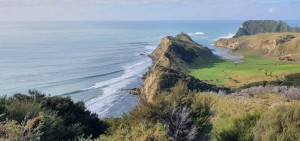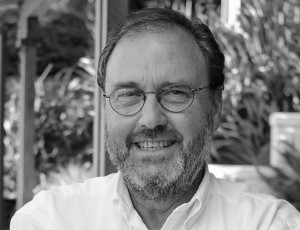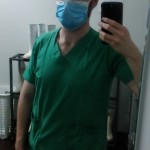The Pat Farry Rural Health Education Trust has announced application details for the Travelling Scholarship for 2021/2022. The latest of the annual Pat Farry Rural Health Education Trust Travelling Scholarships will award up to $2,000.00, and may be divided between two recipients. The scholarship assists medical students to travel within New Zealand to a rural situation to observe new concepts, develop their own skills and share their learning with other students on completion.
“Scholarships offered by the Pat Farry Rural Health Education Trust assist young people to spend valuable time in innovative and challenging rural situations, to return, and to become the new generation of idea generators here in New Zealand,” said Mr John Farry, Pat Farry Rural Health Education Trust Chairman.
General Practitioner Dr Pat Farry was a tireless advocate and champion of rural health before he passed away in 2009. He devoted much of his career to advocating and lobbying for improvements and funding for rural medicine as well as mentoring and teaching rural healthcare professionals.
The Pat Farry Rural Health Education Trust was established in March 2010 to support the sustainability and quality of health services to rural communities. One of the ways in which the Trust does this is by providing scholarships for undergraduate medical students and young rural health professionals, said Mr John Farry.
Since 2011, 26 medical students have benefitted from the Pat Farry Rural Health Education Trust’s scholarship programme. While the Trust is based in Dr Farry’s hometown of Queenstown and has links to the University of Otago School of Medicine where he taught, the student’s own home bases and careers are New Zealand wide.
Recipients to date have originally come from places across New Zealand such as Thames, Paraparaumu, Otaki, Nelson, Masterton, Blenheim, Tauranga, Ngatea, Matamata, Dunedin, Fielding, Darfield, Christchurch and Auckland before studying at the University of Otago School of Medicine campuses in Dunedin, Christchurch and Wellington or on RMIP (Rural Medical Immersion Programme) placement in Dannevirke, Blenheim, Greymouth, Queenstown, Balclutha and Masterton.
“The Pat Farry Rural Health Education Trust’s vision is for our work and the experiences that these students and young health professionals gain to ultimately contribute to the quality of rural health services in all regions of New Zealand,” said Mr John Farry.
Application forms can be downloaded at http://www.patfarrytrust.co.nz/scholarships/ and close on 26 September 2021. Finalist applicants will be advised mid October with the scholarship recipient(s) announced late October 2021.
ENDS
Contact:
Claire Dooney
Pat Farry Rural Health Education Trust
Tel: 027 632 0821








